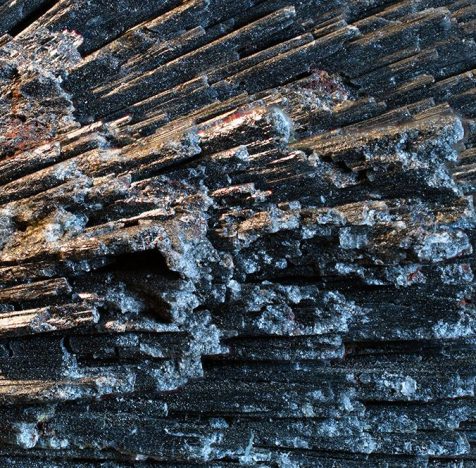Semiconductors

Catalysts of Modern Innovation
Semiconductors are materials that conduct electricity in some circumstances but not in others, allowing exceptional control of electricity and light.
Semiconductors famously power modern electronics and computing—they’re used to make semiconductor devices, electronic circuit components that rely on the unique properties of semiconductors to function. They also form the foundation of modern lighting, telecommunications, and sensing technology. Examples of semiconductor materials include antimony, germanium, gallium arsenide, silicon, and tellurium.
Many everyday consumer products depend on semiconductors to function, including smartphones, digital cameras, LED lights, and household appliances.
Semiconductor Research at DMSE
Work at DMSE ranges from research into semiconductor properties to new materials for computing, lighting technology, and optical sensing. DMSE researchers developed ways to make silicon processing cleaner and cheaper, paving the way for many chip technologies. They built the high-speed circuits known as “strained silicon,” used in many electronic devices today.
Researchers are trailblazing research into “2D” materials, as thin as one atom, which enable faster, more precise control of electricity flow in electronic devices. And looking toward a new generation of electronics, researchers are exploring organic materials that can convert biological tissue signals into electronic transistor signals.
Related Research Types
Related Faculty and Researchers
First-order amorphous-to-amorphous phase transitions during lithiation of silicon thin films
Studied the phase transitions that occur when lithium ions are introduced into silicon thin films (such “lithiation” controls the performance of silicon-based energy storage materials).
Making BaZrS3 chalcogenide perovskite thin films by molecular beam epitaxy
Created high-quality thin films of a new family of semiconductors: chalcogenide perovskites. The films comprise barium, zirconium, and sulfur in a particular structure called perovskite. We used a technique called molecular beam epitaxy to give atomic-level control over crystal growth while producing the films.


























